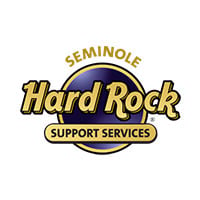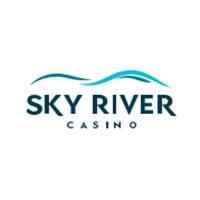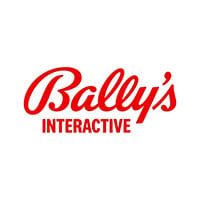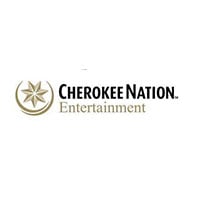
- Our Insights
- Five Tips For An Effective Survey
WHY SURVEYS?
An integral part of running a customer-focused organization is listening to your customers. Listening can, of course, happen in many ways. There are various passive methods to learn about what makes your customer tick, such as social media listening and analyzing operational data. However, proactive data collection directly from your customers after an interaction provides unparalleled insights into your customers’ thoughts about your product, service, or brand. Among a variety other of collection methods, email-to-web surveys remain the gold standard and often serve as the foundation of a company-wide CX program.
1. Keep the survey short
Gone are the days of 100+ question surveys.
Many confuse transactional CX surveys with market research surveys. Market research-style surveys may be long, detailed, and sent to only targeted customers. This is a valuable tool but shouldn’t be confused with obtaining actionable data from your customers about a recent experience. A CX survey should be concise and punchy. Regardless of the industry, a survey should take no more than two minutes to complete. Survey response rates are inversely correlated to survey length. Research suggests that telling the customer how long the survey should take to complete, often in the body of the email invitation, can increase response rates.
2. Personalize the survey invitation
One of the most impactful and simple upgrades to a survey invitation is to personalize it. Of course, starting with the customer’s name is an easy win. However, the source of, “Dear Valued Guest, how was your recent hotel stay?”, consider, “Dear George, how was your recent hotel stay on March 17 at ABC Hotel?”. Even more, personalization can be accomplished by including the name of the employee, “Dear George, how was your arrival experience with our front desk agent Suzy on March 17?”. Not only does this personalization have an impact on response rates, but it demonstrates a sense of personalized service to your customer.
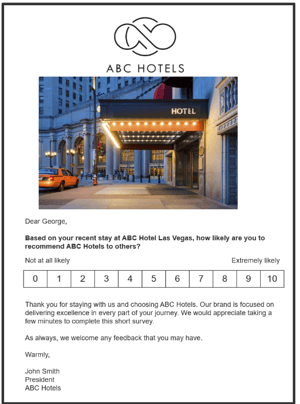
3. Time the delivery strategically
After a recent hotel stay at a large luxury brand, I was surprised when I didn't receive a post-stay survey. The property had my email, and I assumed a technical mistake. Finally, seven days after departure ( I received the survey. Not only was I less inclined to provide feedback, but my recollection of the stay was no longer as accurate. The timing of a survey impacts both the richness of data and the response rate. The closer the survey is sent after the interaction, the better.
4. Ask questions that drive action
In most cases, the goal of a CX program is not to obtain analytics and survey data, but to drive operational change within an organization. Survey questions should drive action, they should be regularly discussed, and plans should be made around how to improve. Questions that don't fit into this mold should be reconsidered and, perhaps, added to less frequent ad hoc research studies.
5. End with a call to action
The majority of surveys end with a polite thank you…and a big blank page. This is valuable real estate for a customer that has just spent time giving you feedback. In addition to a thank you, consider adding a call-toaction, such as a way to post their review on social media. An even more simple idea: add a link to your social channels and invite them to follow your brand.
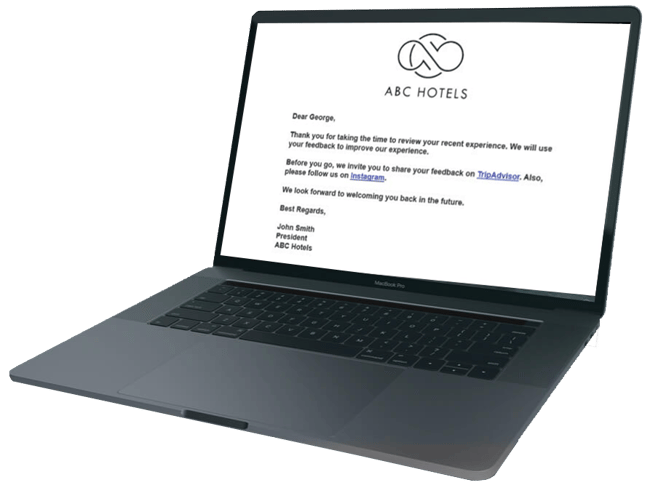
LET'S GET TO WORK



